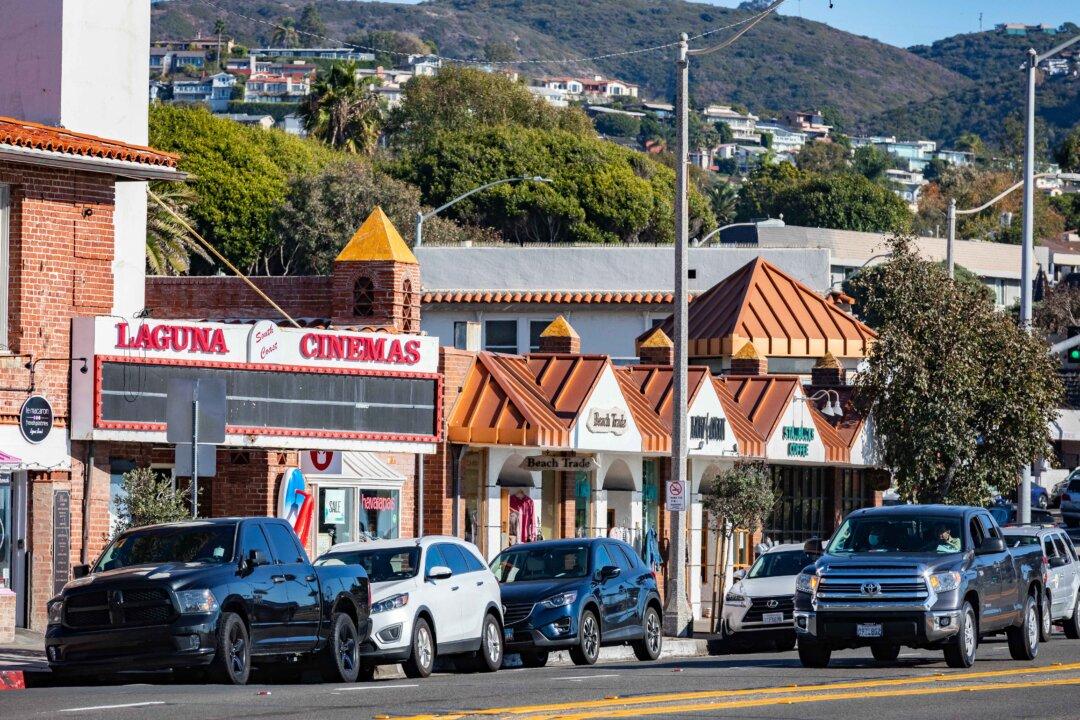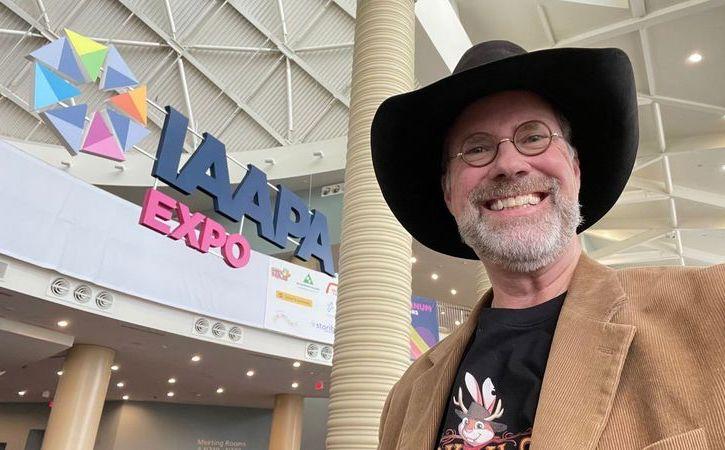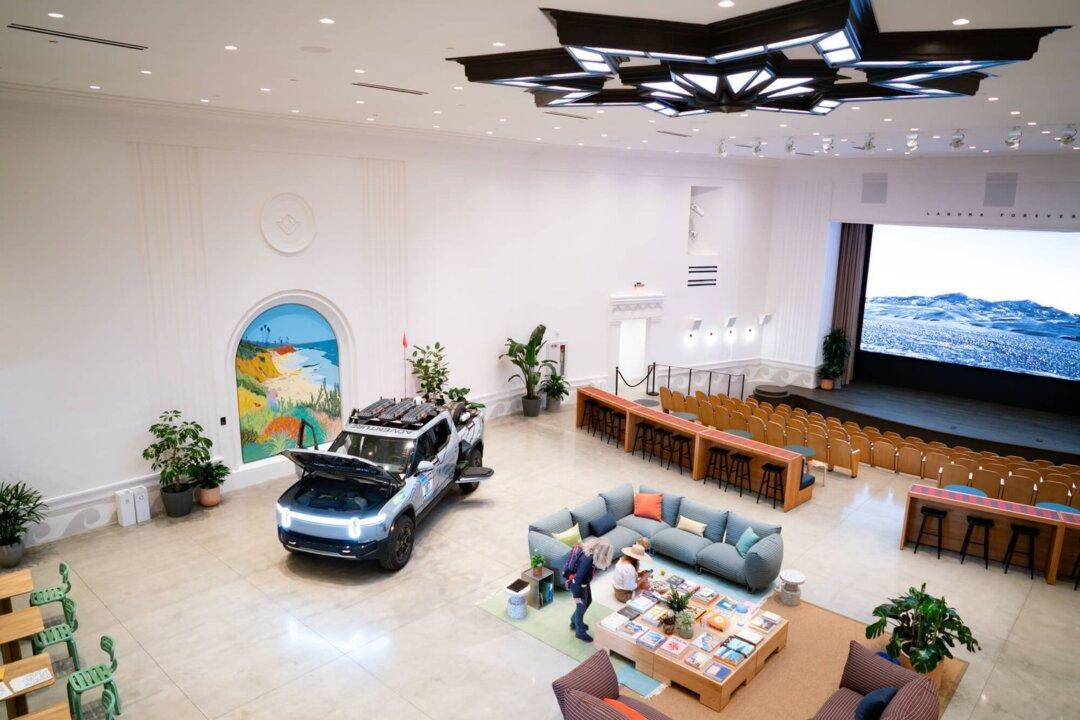A ballot initiative aimed at preserving the environment, heritage, and charm of Laguna Beach, California, is being circulated by Laguna Residents First (LRF), a grassroots political action committee hoping to place the initiative on the 2022 ballot for voter approval.
If the group is successful at collecting the required number of signatures, its Beautiful Laguna Overlay Zoning District initiative will utilize provisions in California state zoning laws to establish an overlay zoning district in the city’s most visible and utilized areas of the city. These would include areas within 750 feet of Laguna Canyon, as well as the Pacific Coast Highway.





